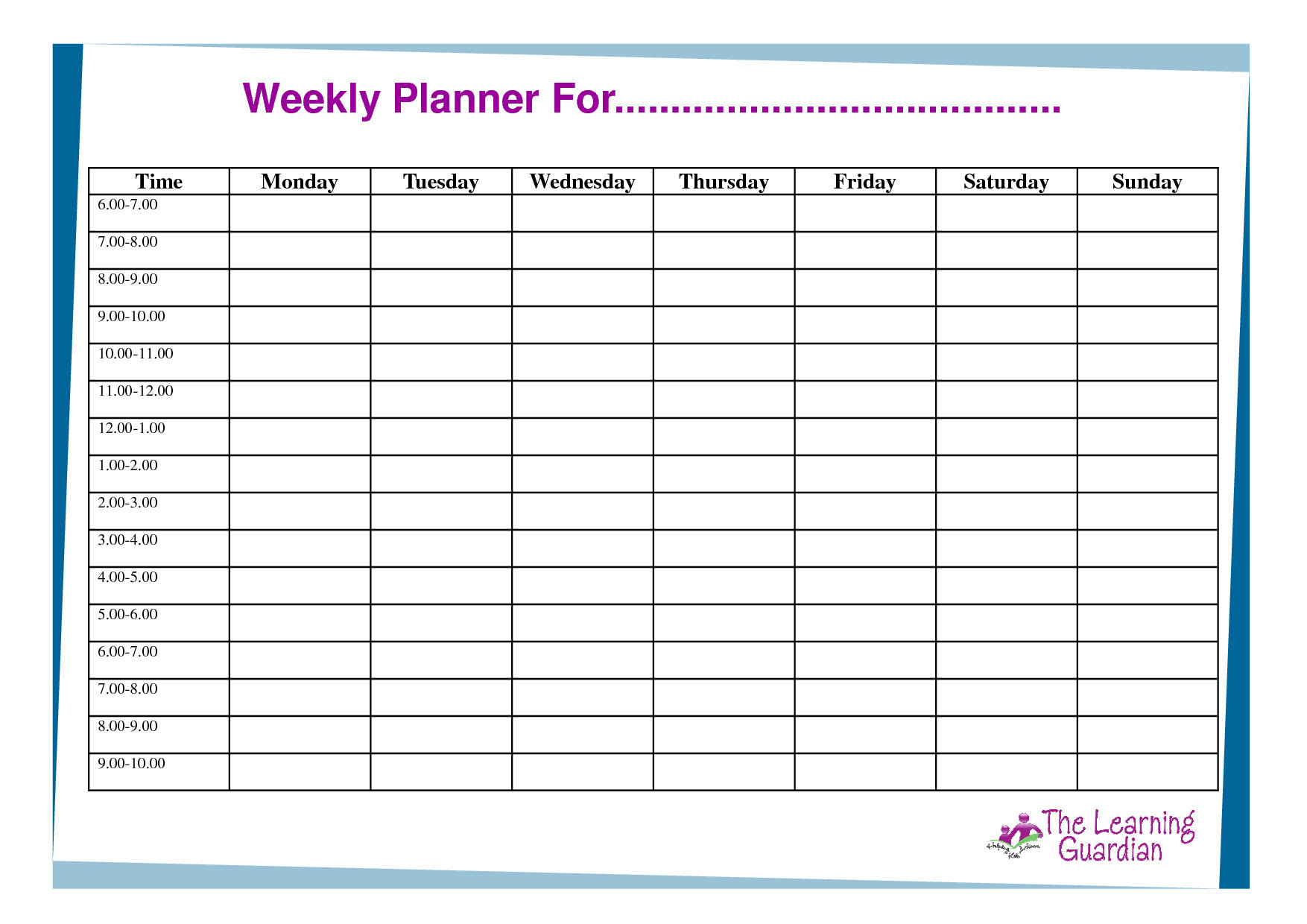

What is your goal? The most powerful way to create goals is to begin with an annual view and break it down to quarterly, monthly, weekly, and then daily. Once you have your daily “joy” item identified, we can look more long-term. Step 2: Determine Your Goals and Daily Goal Task And I’m not saying that this thing is the silver bullet, but it might improve your mood a bit, it might begin to set the tone in your life that you prioritize yourself, and most importantly, you’ll begin to think about what truly brings you joy which will be an endless, but worthwhile journey. Why? Because it doesn’t matter if you’re the richest person or the biggest task-taker or the fastest to-doer, if you’re not fulfilled. Your new, higher standard of living includes doing this activity everyday. This activity or maybe group of activities will be your non-negotiables. These might be things you already do like workout or have dinner with your family, but as you rebuild your schedule, I encourage you to think about something that you wish you had time for. Really reflect on what brings you inner joy. It’s super flexible, and what’s best about a daily schedule is that you can change it every day to fit with a changing schedule or set it once for a more productive fixed schedule.īefore we get into the details of your endless to-do list, we will begin with the things that bring you the most joy, that set you up for your day, or that are simply the most valuable to you.

It works for a CEO, startup founder, a stay at home mom, or an actress just fine. It can be as simple or intricate as your schedule, brain, and time allows. This is my homegrown solution which is a mix of many teachings I’ve learned in the last 10 years as a corporate professional, student, and self-learner.
Best way to create a daily schedule how to#
"Social and Emotional Foundations for Early Learning: A Conceptual Model for Intervention." School Psychology Review 35(4) (2006): 583–601.When I give my productivity workshop, I always start with explaining that I am not here to tell you how to do more in an hour. Hemmeter, Mary Louise Michaelene Ostrosky, and Lise Fox.

Model the steps and allow children to practice them.Refer to the schedule before and after activities throughout the day.Review the schedule at the beginning of each day.Note changes in the schedule that result from being away from the program.Steps in common group care routines, such as sitting at circle time and washing hands.Reinstating Schedules and Routines When Programs Start Back Up Routines are the steps needed to complete each part of the schedule. What is the difference between a schedule and a routine?Ī schedule represents the big picture and includes main activities that happen across the day. Encourage parents to offer a choice in activities or the steps of a routine whenever possible.You can say something like, "Plans change, things happen, but give your child a warning ahead of time if things are going to be different. Let parents know they should also be flexible.Remind families to keep the routine and schedule as similar as possible each day.



 0 kommentar(er)
0 kommentar(er)
